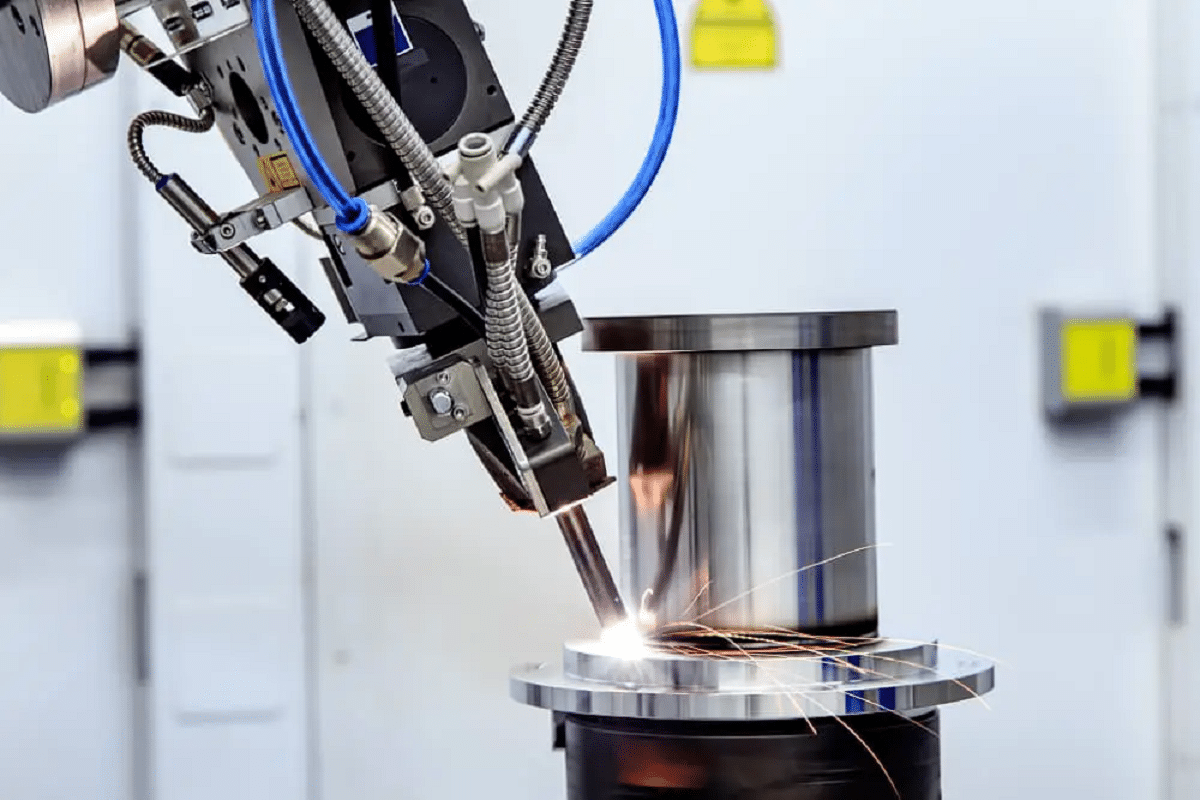Ultimate Guide to Preventing Weld Undercut: Tips and Techniques
Ultimate Guide to Preventing Weld Undercut: Tips and Techniques
Blog Article
A Comprehensive Guide to Identifying, Stopping, and Fixing Undercut Welding Problems in Your Welding Tasks
In the world of welding, encountering undercut concerns is an usual difficulty that can jeopardize the structural integrity and total quality of your welding projects. Understanding the root creates behind undercut welding, having the ability to precisely identify it in your welds, and applying effective preventative steps are critical skills for any type of welder. Furthermore, having the understanding and methods to rectify undercut troubles when they do happen can make a significant distinction in the final outcome of your welding undertakings. Remain tuned as we discover the important parts of determining, avoiding, and dealing with undercut welding issues, providing you with useful insights and methods to elevate your welding abilities to the next level.
Usual Reasons For Undercut Welding
Undercut welding, a common issue in welding processes, can be caused by various elements that need to be meticulously recognized and resolved to ensure the integrity of the weld joint. One of the primary reasons of undercut welding is extreme warm input.
One more common reason of undercut welding is incorrect welding technique. Recognizing these origin causes and implementing rehabilitative procedures is important in preventing and fixing undercut welding issues in welding projects.
Identifying Undercut in Welds

To recognize undercut properly, correct lights and magnifying devices are necessary to examine the weld joint thoroughly. Using tools such as a welding gauge or a magnifying glass can help in spotting even the smallest undercut blemishes. In addition, running a finger or a finger nail along the weld joint can occasionally disclose undercut, as the surface may really feel uneven or have a dip where the undercut exists.
Preventive Actions for Undercut
Having a deep understanding of the root causes of undercut in welds enables the execution of effective safety nets to keep weld top quality and stability. One vital safety net appertains weld joint preparation. Making sure that the sides are clean, totally free of pollutants, and appropriately beveled can significantly lower the likelihood of undercut (Preventing weld undercut). Furthermore, choosing the proper welding criteria, such as voltage, present, and travel rate, is necessary. These setups should be maximized to stop excessive warmth input, which can lead to damage formation.

Strategies for Repairing Undercut

To address undercut concerns efficiently, welders can employ details methods focused on fixing the problem and restoring the honesty of the weld joint. One technique is to readjust the welding specifications, such as the voltage, existing, and travel rate, to make sure proper warmth input and fusion. Raising the welding existing or minimizing the travel rate can help fill up in the undercut. Additionally, altering the welding technique from a push to a drag or the other way around can likewise aid reduce undercut.
Another method is to make use of a weaving motion while welding to guarantee correct sidewall fusion and fill in the undercut. By oscillating the welding arc from side to side within the weld joint, the welder can transfer more filler material into the undercut locations, properly eliminating the flaw.
In addition, grinding out the undercut and rewelding the joint can be a practical remedy for more serious undercut concerns - Preventing weld undercut. This procedure involves eliminating the undercut area, preparing the base steel, and then rewelding the joint with proper welding specifications and strategies to avoid undercut from persisting

Professional Tips for Preventing Undercut
Using appropriate welding techniques and maintaining control over key welding criteria are crucial approaches for welders intending to protect against undercut in their weld joints. One professional idea for avoiding undercut is to ensure correct joint prep work. This includes cleaning the base steel extensively to eliminate any impurities that might result in undercut formation. In addition, selecting the proper welding procedure and filler metal for the details application can assist avoid undercut. Welders must also pay attention to the welding existing and voltage settings, guaranteeing they are within the suggested range to stay clear of getting too hot and potential undercut. Keeping a constant traveling speed during the welding procedure is another crucial idea to avoid undercut. By relocating at a stable speed, welders can guarantee correct fusion and lower the possibility of undercut development. Checking the weld bead after completion can click this aid identify any type of indicators of undercut early on, enabling for prompt corrective action to be taken.
Conclusion
In final thought, determining, stopping, and dealing with undercut welding issues in your welding jobs is critical for making sure resilient and solid welds. Preventing weld undercut. By recognizing the usual sources of undercut, having the ability to identify it in welds, carrying out preventative actions, and making use of correct strategies for dealing with undercut, you can stay clear of possible concerns and develop high-grade welds. Adhering to specialist ideas for preventing undercut can assist you improve your welding skills and generate far better lead see here to your jobs
Undercut welding, a typical issue in welding procedures, can be created by different aspects that need to be carefully identified and resolved to make sure the integrity of the weld joint. Additionally, running a finger or a finger nail along the weld joint can often expose undercut, as the surface might feel uneven or have a dip where the undercut exists.
Making use of appropriate welding techniques and maintaining control over crucial welding specifications are essential strategies for welders intending to avoid undercut in their weld joints.In conclusion, recognizing, stopping, and fixing undercut welding troubles in your welding jobs is crucial for making certain strong and durable welds. By comprehending the common reasons of undercut, being able to identify it in welds, carrying out preventive procedures, and utilizing appropriate techniques for taking care of undercut, explanation you can avoid prospective concerns and develop top notch welds.
Report this page